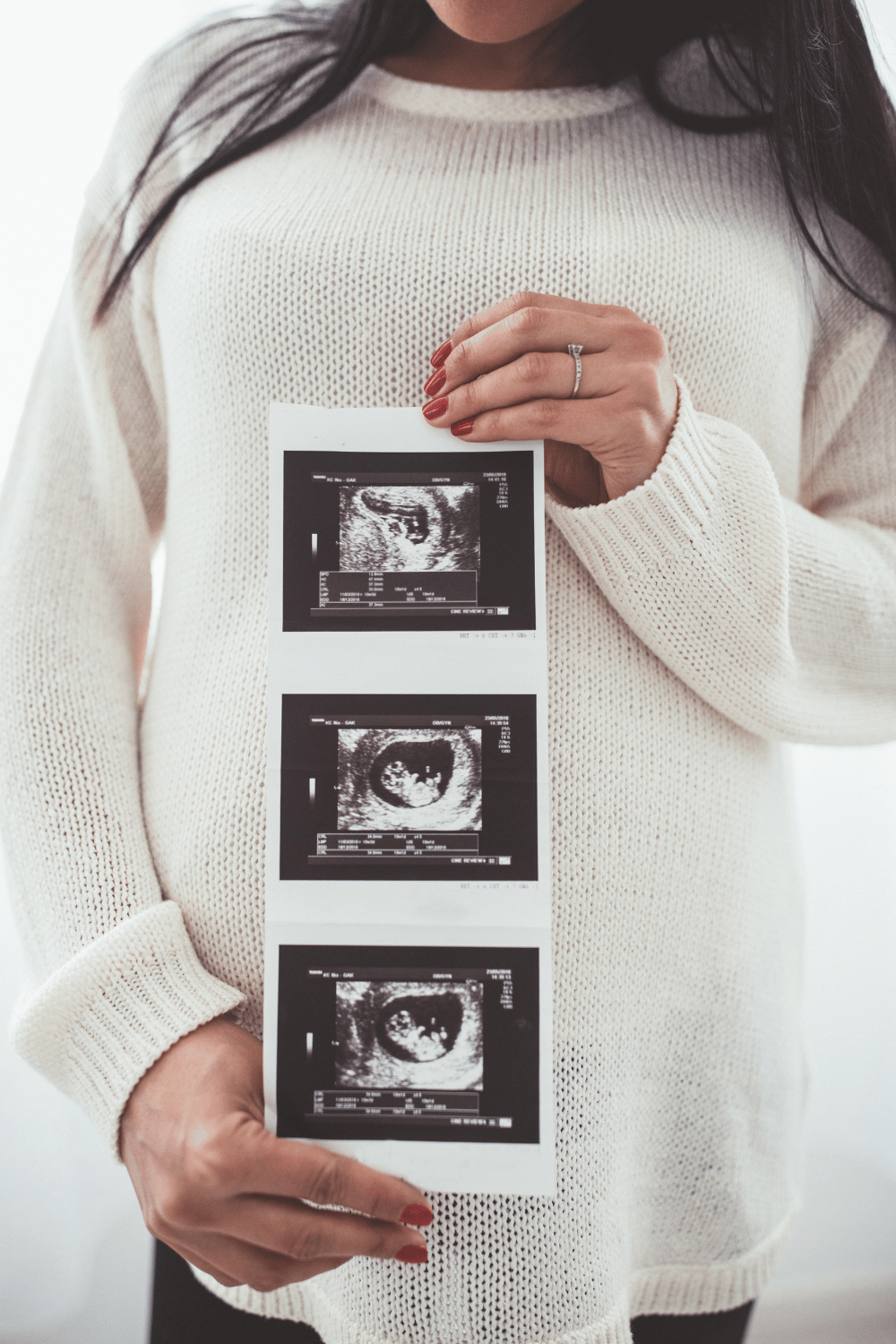Gourmet Coffee Beans: Elevating Your Coffee Experience To The Extraordinary

Gourmet coffee beans have the ability to transform an ordinary cup of java into a truly extraordinary experience. With their unique flavors, aromas, and complexities, these beans offer coffee enthusiasts a journey through the world of specialty coffee.
From exploring different varieties and understanding the art of roasting to mastering grind size and brewing methods, this article delves into the intricacies of elevating your coffee experience through gourmet beans.
Discover how water quality and proper storage techniques also play crucial roles in enhancing the flavor profile of your beloved brews.
Exploring Different Coffee Varieties
The exploration of different coffee varieties involves examining the characteristics and flavor profiles of various types of beans. Coffee bean origins play a significant role in determining the unique flavor profiles that each variety possesses.
For instance, Arabica beans are known for their delicate and nuanced flavors, often exhibiting floral and fruity notes. This variety is commonly grown in regions such as Ethiopia, Colombia, and Brazil.
On the other hand, Robusta beans are renowned for their strong and bitter taste, making them ideal for espresso blends. These beans primarily come from countries like Vietnam, Brazil, and Indonesia.
Additionally, exploring different coffee varieties allows coffee enthusiasts to appreciate the diverse cultural traditions associated with specific regions’ cultivation methods and processing techniques.
By understanding these distinctions in flavor profiles and origins, individuals can elevate their coffee experience to extraordinary heights.
Understanding the Art of Coffee Roasting
Understanding the art of coffee roasting involves a comprehensive knowledge of temperature control and bean development.
Coffee roasting techniques play a crucial role in determining the flavor profiles of gourmet coffee beans.
The process begins by selecting high-quality green coffee beans, which are then carefully roasted to bring out their unique characteristics.
Roasting involves heating the beans at controlled temperatures, typically ranging from 180°C to 230°C, for a specific duration. This process causes chemical changes within the beans, leading to the development of flavors and aromas that define each roast level – light, medium, or dark.
Additionally, skilled roasters must monitor variables such as airflow and moisture content during the roasting process to achieve desired results consistently.
Through this meticulous craft, coffee roasters can create an array of flavor profiles that cater to diverse preferences and elevate the overall coffee experience.
Grind Size and Brewing Methods
Grind size and brewing methods are essential factors to consider when preparing coffee, as they significantly impact the extraction process and ultimately affect the flavor profile of the final cup.
The grind size determines how quickly water extracts flavors from the coffee grounds. A finer grind allows for more surface area, resulting in a faster extraction time, while a coarser grind slows down extraction.
Different brewing methods require specific grind sizes to achieve optimal results. For example, espresso requires a fine grind to ensure proper extraction within a short period, while the French press calls for a coarse grind to avoid over-extraction.
Choosing the right equipment is also crucial in achieving the desired results. Burr grinders offer more control over particle size compared to blade grinders, ensuring consistency and accuracy in adjusting extraction based on the brewing method.
By understanding and mastering these variables, coffee enthusiasts can elevate their coffee experience to new heights of excellence.
The Role of Water Quality
Water quality plays a crucial role in the overall extraction process of coffee and can significantly impact the flavor and aroma of the final cup.
One important factor to consider is the temperature of the water used for brewing. The temperature affects how quickly the coffee grounds release their flavors, as well as how much acidity or bitterness is extracted. Generally, hot water between 195°F and 205°F is recommended for optimal extraction.
If the water is too hot, it can over-extract the coffee, resulting in a bitter taste. On the other hand, if the water is too cold, it may under-extract, leading to a weak and sour brew.
Additionally, water hardness also matters as minerals present in hard water can affect flavor. Therefore, using filtered or spring water with balanced mineral content will help achieve a clean and well-rounded cup of gourmet coffee.
Enhancing Flavor with Proper Storage Techniques
To enhance the flavor of your brewed coffee, it is important to employ proper storage techniques that maintain the freshness and quality of the beans. Temperature control plays a crucial role in preserving the delicate flavors of gourmet coffee beans. Exposure to excessive heat can cause the oils within the beans to deteriorate, resulting in a loss of aroma and taste. Therefore, it is recommended to store coffee beans in a cool and dry place, away from direct sunlight or heat sources.
In addition to temperature control, using airtight containers is essential for maintaining the optimal flavor profile of gourmet coffee beans. Airtight containers prevent oxygen from coming into contact with the beans, which can lead to oxidation and staleness. It is advisable to transfer freshly roasted coffee beans into a container that has a one-way valve, allowing carbon dioxide release while preventing oxygen entry.
By adhering to these storage techniques involving temperature control and airtight containers, you can ensure that your gourmet coffee beans retain their exceptional flavors until they are ready to be brewed.







